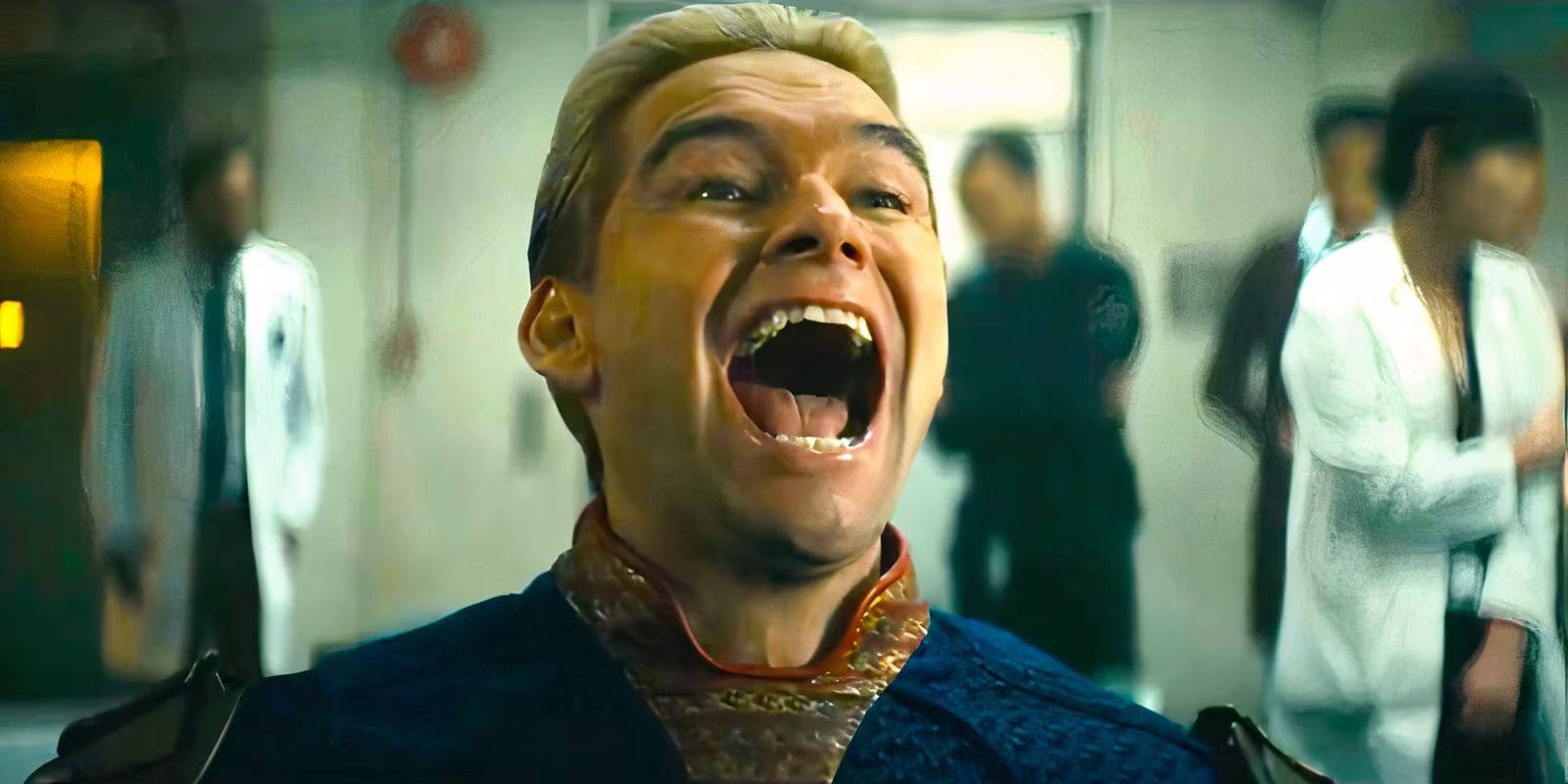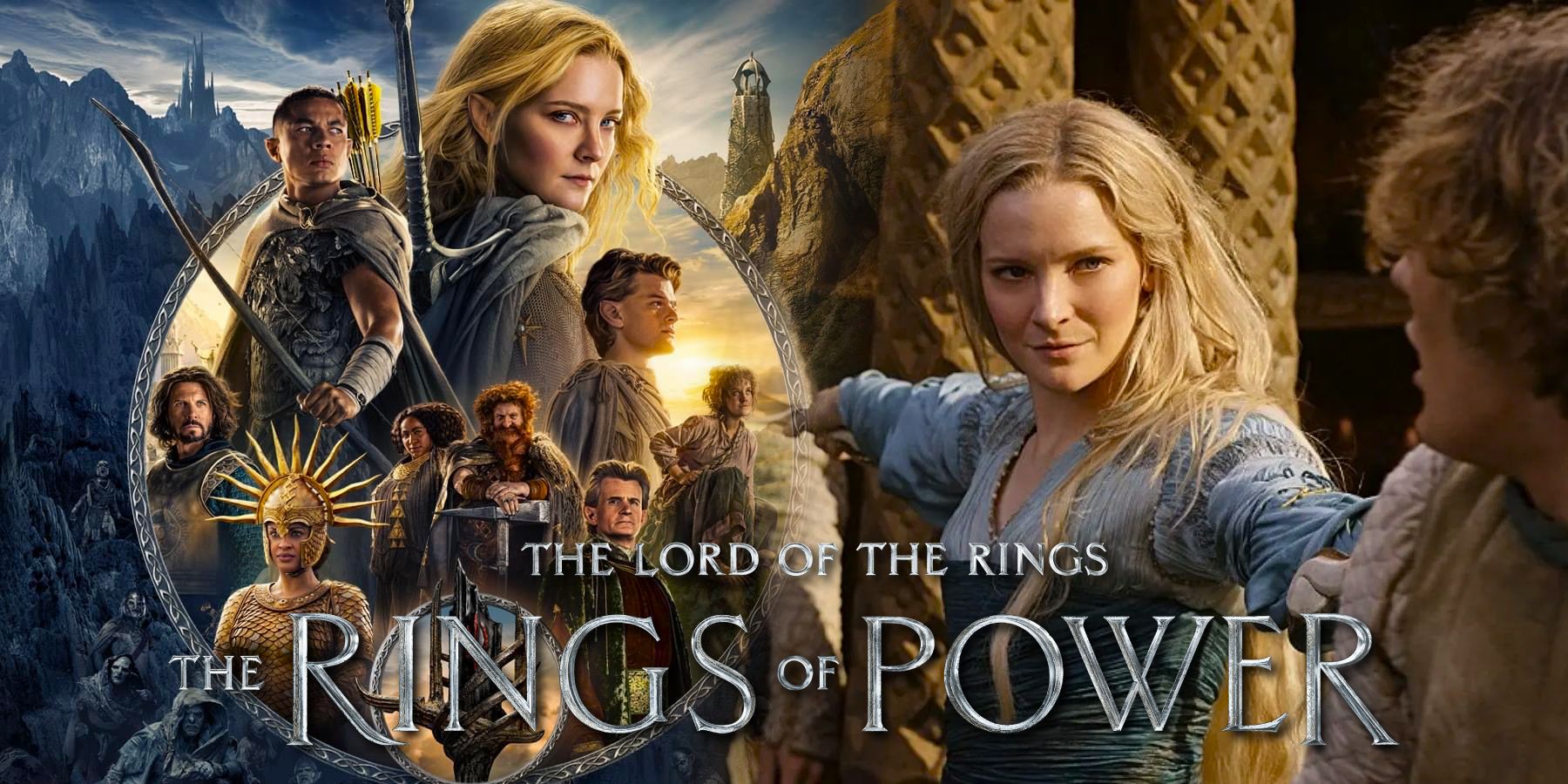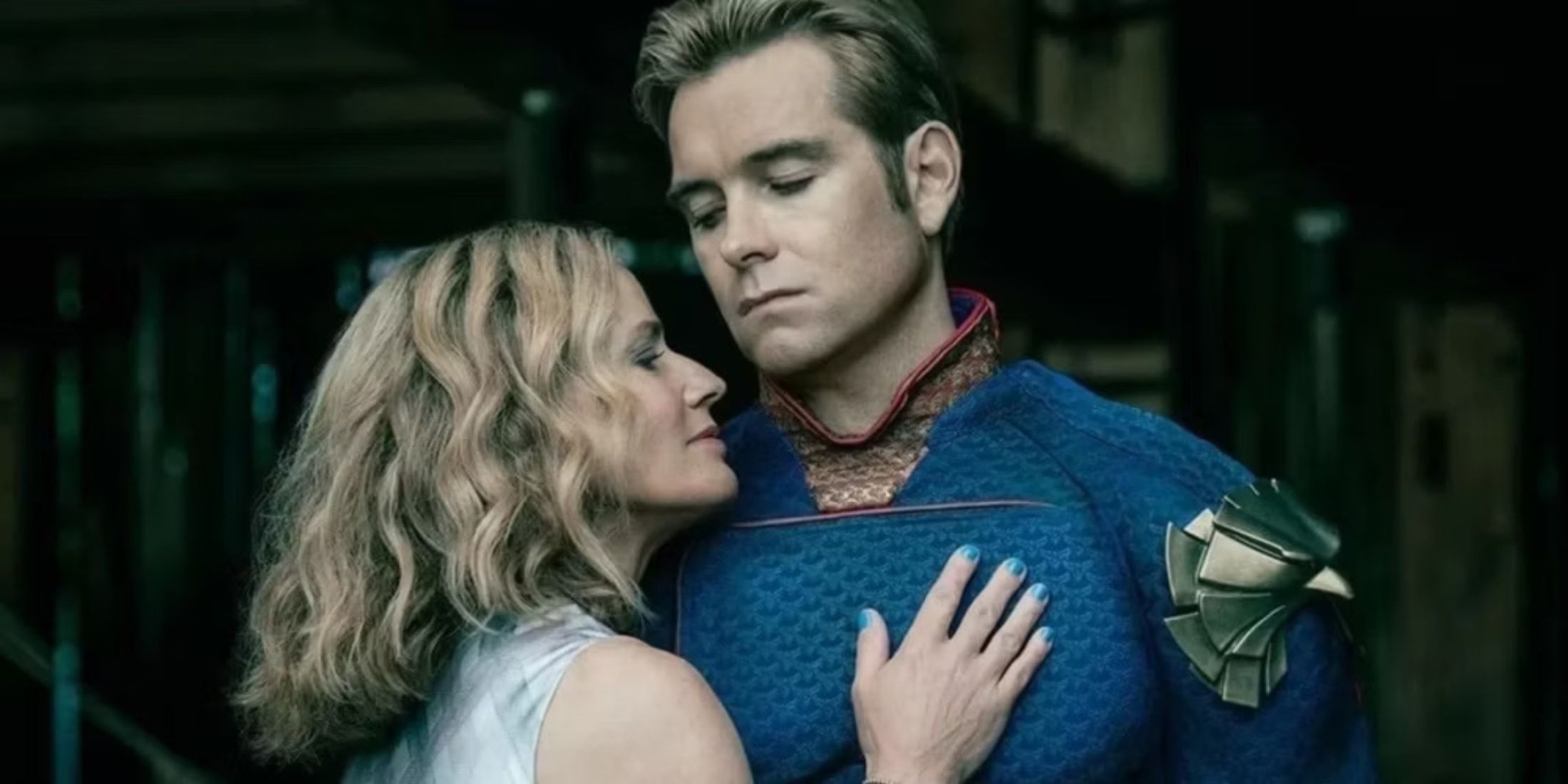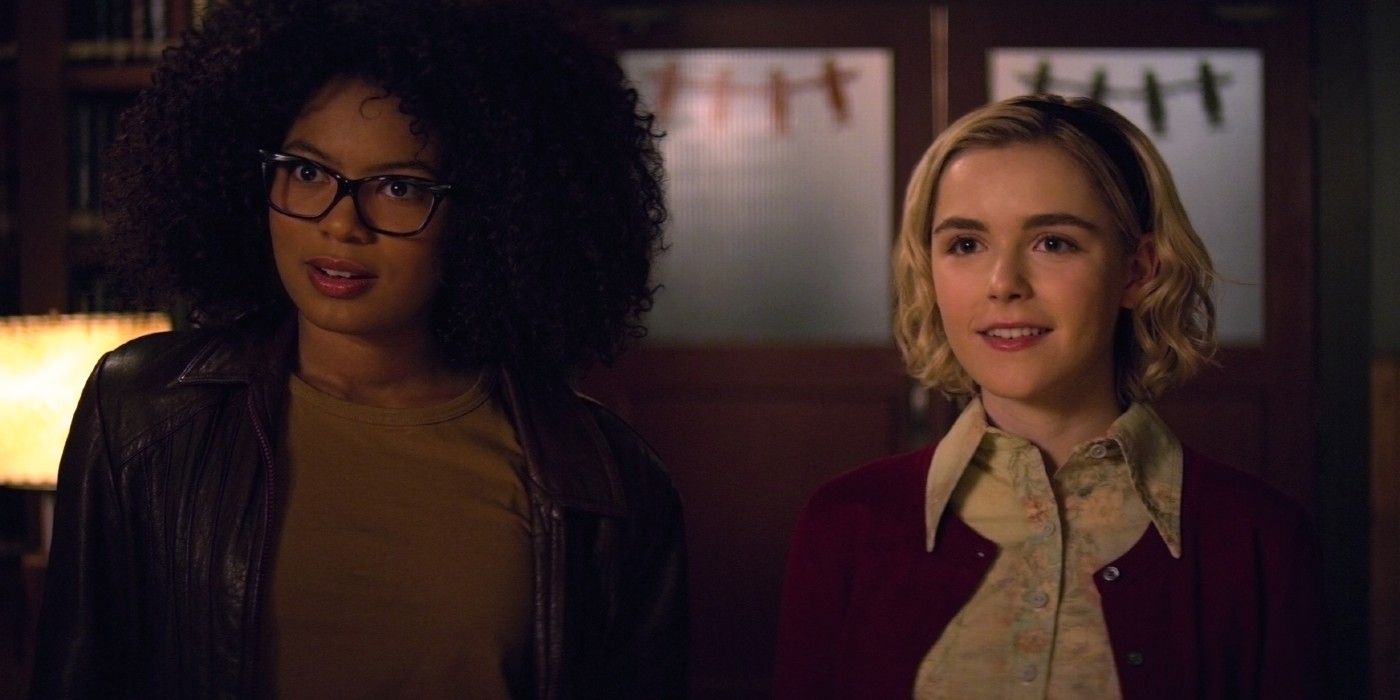Poor attempts at representation have always been a problem in Hollywood, whether it be in regards to race, gender, identity, or any number of marginalized groups. It's important for all viewers to have the option to view media that relates to their real life experiences, after all. But there's one demographic facing this same roadblock that many might not have considered. That's right, witches are real, though maybe not in the way most would expect.
N’ganga Makhosi, a Los Angeles practitioner of the tradition known as hoodoo, recently spoke out about Hollywood's portrayal of her craft and that of Black witches in general. Hoodoo, similar but not identical to the arguably more widely known practice of voodoo, focuses on the health of the human spirit. It is heavily tied to the ideas of community, rebellion, and looking to one's ancestors for their aid in desperate times. According to Makhosi, this idea of family and togetherness is generally at odds with how hoodoo and Black witchcraft are seen in media, where curses, sacrifice, and overall nasty vibes tend to be the name of the game. And yes, before moving on, it's obvious that supernatural witchcraft is different from its real life counterpart, but that shouldn't discourage filmmakers and showrunners from treating the cultures with respect.
“I would like to see more community,” Makhosi said, lamenting the widespread idea of witches in media being portrayed as loners and outcasts. "I wish they would show the doctors, the teachers, the preachers. I wish there were more involvement from Black witches in the creation of these shows.” There's always a little extra appreciation when a show or film brings in an expert in any given niche to aid in accuracy, so it is rather confusing as to why this same courtesy is rarely given to Black witchcraft, regardless of how the supernatural elements tend to be played up in media.
From Rosalind Walker of The Chilling Adventures of Sabrina to Macy Vaughn from Charmed, witches of color have a long history of unfortunate interpretations in media, with character arcs that seem to nearly always vilify their abilities, even subconsciously. This contrasts with how white witches are treated in media, where their powers are often seen as a cute novelty or means to an end at worst.
In shows like Buffy the Vampire Slayer and The Chilling Adventures of Sabrina, the white characters who practice witchcraft may face some missteps, but in the end, it's still part of who they are and the story sees that as empowering. Black witches, even sometimes in the same series as their white counterparts, often appear with some blatant stereotypes and a sinister aura, and tend to be defeated or killed by the end. “It’s almost like Black women have to give up their power no matter what,” Makhosi said, lamenting how her own practice passed down over generations is reduced to a villain's tired plot device more often than not.
Even positive depictions, such as Mama Odie in The Princess and the Frog and the Voodoo Lady from the Monkey Island game series, tend to stumble into the same pitfalls where Black women practicing witchcraft face little characterization outside of their stereotype-laden profession. But hopefully they can be considered good jumping off points for more thoughtful representation in the future. 2020's Spell, which just released in October, could conceivably be a good sign in that regard, as it portrays hoodoo as a positive force that helps save the day for its mostly Black cast. Naturally, though, there's still a long way to go.
Never forget that representation matters, whether it comes from a young trans person finally seeing a main character they can truly relate to, or a Black hoodoo practitioner breathing a sigh of relief as the craft she grew up with is portrayed with respect for the first time. Everyone deserves to see themselves in the media they enjoy, and that includes witches.
Source: Variety



